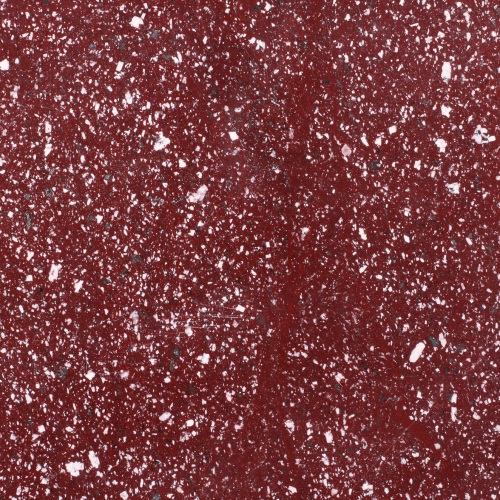

Porphyry is an igneous stone consisting of smaller crystals such as quartz or feldspar.
The word comes from Ancient Greek and means ‘purple’, referring to the colour of the stone.
Purple was the colour of royalty, and ‘imperial porphyry’ was a deep purple rock with large crystals.
The first recorded mention of porphyry comes from the Roman Scholar Pliny the Elder whose work Naturalis Historia, notes that imperial porphyry was discovered in a remote site in Egypt in AD 18.
The quarry, at Gabal Abu Dukhan, is thought to have been the source for all the Imperial Porphyry in Rome but was curiously lost in the 5th century and only rediscovered by British Egyptologists in 1823.
Some authors claimed that the rock was the hardest rock known to antiquity. Imperial grade porphyry was used for monuments and buildings in Imperial Rome.
Since the material was so rare, its use in Imperial buildings served to reinforce the enhanced status and power of the emperors as gods amongst men.
Perhaps the grandest use in this tradition were the magnificent sarcophogi of the late Imperial era. The oldest and best preserved examples of these being the Sarcophagi of Helena and Constantina, currently held in the Pio-Clementine Vatican Museum.
The ancient Romans coveted porphyry, a hard purple-coloured volcanic rock peppered with white crystals of feldspar, and the Emperors Nero, Trajan and Hadrian restricted it to Imperial use. The Egyptian quarries known as ‘Mons Porphyrites’ were opened in the 1st century AD and worked for four hundred years. Located in the eastern desert at Gebel Dokhan they were regarded by the Emperors as their exclusive property.
- BADA member Finch & Co.
View items of porphyry currently available from BADA members' here.

